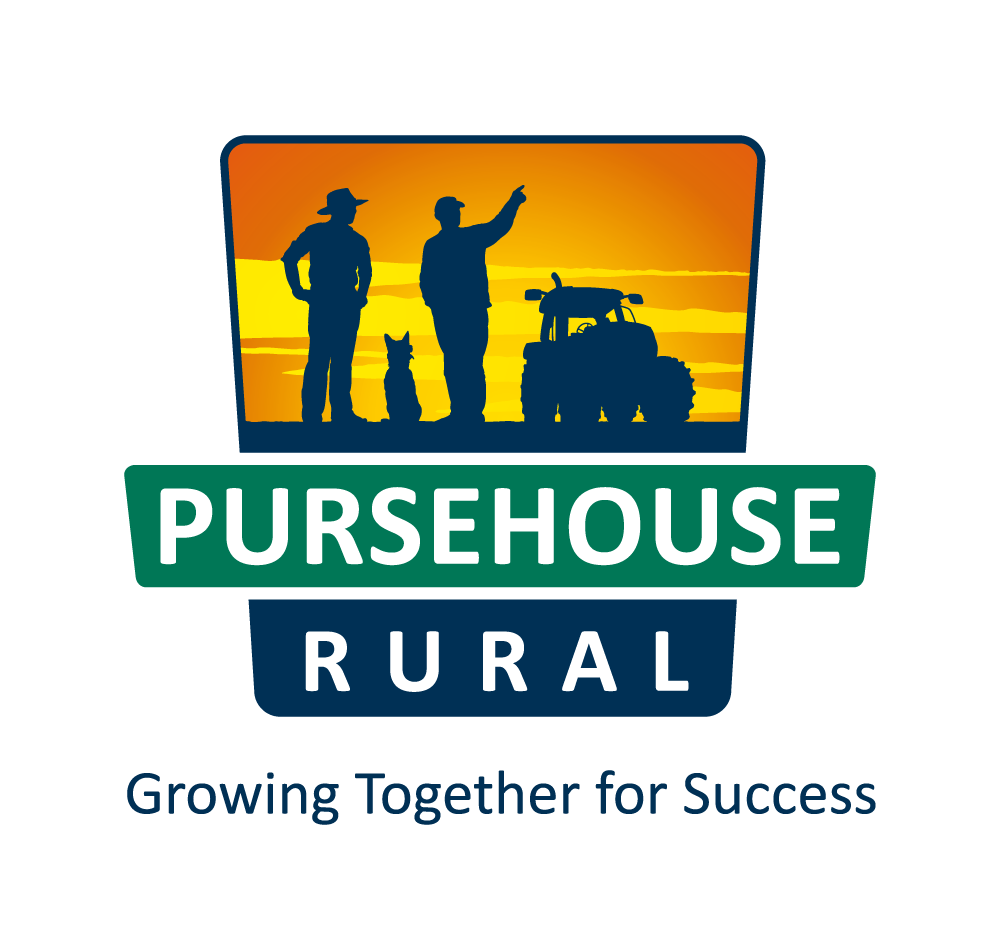How one of Australia’s oldest properties are reviving their heritage buildings
From the day we first arrived at Windy, discussions started about the conservation of the woolshed. Mr and Mrs Schwarzenbach want to be able to share the woolshed back to the community, as custodians they have a desire to maintain the woolshed and preserve its history.
These are the words of Clare Lee, the driving force behind the restoration of a grand federation style woolshed housed on Windy Station, Pine Ridge, NSW. Clare works alongside her husband, David, who manages Windy Station on behalf of Romani Pastoral Company.
Just as it was when it was first built in 1901, restoring Windy woolshed will be no small feat. The underpinning which currently holds up the structure must be reinforced or replaced to ensure the woolshed remains structurally sound. Plumbing will be installed and thoughtfully concealed with clever landscaping, so as not to disrupt the aesthetic of the outside approach. A commercial kitchen will be built within an existing kitchen structure located in the wool room. All of this is to be achieved without taking away from the grandeur of the original shed and the history which it holds.
Being heritage listed makes things a little more complex but the guidelines are there to preserve buildings like the woolshed for the future.
The complete restoration of the Windy Station woolshed could be a five to ten year project, taking the time and effort to reinstate it to its former glory. It is a huge undertaking for the owners and the management team at Windy.
We want people to walk in and it still smell like a woolshed, and we want people to walk in and still imagine the board being full of shearers.
Clare and David have a unique appreciation of the importance of preserving Australia’s pastoral history, the foundation of which was built on properties such as Windy.
Windy Station began life as part of a much larger property, Warrah Station. Warrah was established in 1883 by the Australian Agricultural Company who claimed the 300,000 acres of land, with the intention of establishing the colony’s first private enterprise with the sole purpose of building a fine wool trade. Before long, sheep numbers on the station demanded a much larger woolshed than the original at Warrah and so the plans were drawn up for a grand woolshed on a portion of the property known as Windy.
Work commenced in 1901. Cypress trees were cut and milled on the station to outfit the woolshed before requirements demanded supporting wood be brought in from the neighbouring towns of Narrabri and Curlewis. Even more impressive are the beams of Oregon wood shipped in from Canada now found in the wool room.
The 44 stand woolshed remains an imposing structure today, strong and intact at the heart of Windy Station. The clerestory roof provided light and ventilation for the shearers processing over 5000 sheep per day and shearing mechanically from power provided by a steam engine situated outside the wool room.
Over time, Warrah Station was broken down and subdivided into smaller plots. In 1908, the eastern run around Willow Tree was subdivided from the original property, and in 1911 a Government resumption of land reclaimed a further 18,000ha. The property was further subdivided in 1914, 1935 and 1967 before the old Warrah homestead was sold off in 1969 and the AACo’s sole interest lay with Windy Station alone. In 1997, Romani Pastoral Company purchased Windy Station and remain the owners to date.
I think one of the things that has helped the preservation of the woolshed [is that] there have only ever been two owners.
Like many farms across Australia, the team at Windy were looking at ways to diversify existing spaces on the property and a pilot program through agri-tourism company Regionality facilitated the first steps in that process. And now, Windy woolshed embarks on its transformation after 120 years to another, more modern workspace; a functions and event space for conferences, weddings, photoshoots, historical tours, school group visits. A space to share with the community for years to come.
“The Machines were started at Windy on the 7th inst. with about a dozen indifferent shearers, which number has since increased to about 35. The number of sheep shorn to date is 5661, consisting of 340 long wooled rams, and 5321 three year old W3 weathers. 151 bales of wool have been pressed of which 72 have been dispatched via Quirindi.”
-An Extract of a letter from Mr Fairbairn, Manger of Windy Station, to Mr Gregson, head of the AACo, dated 21st October 1901

